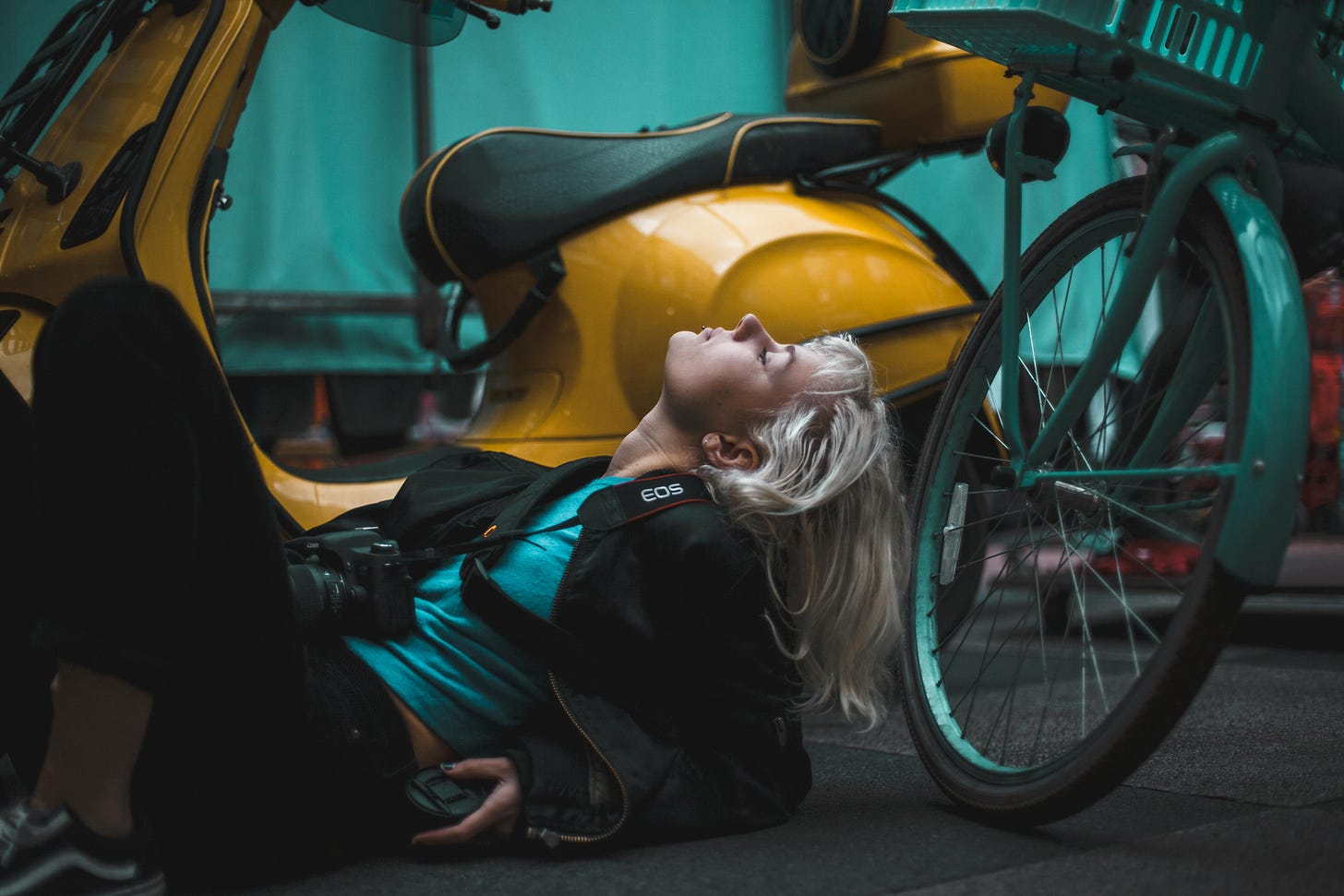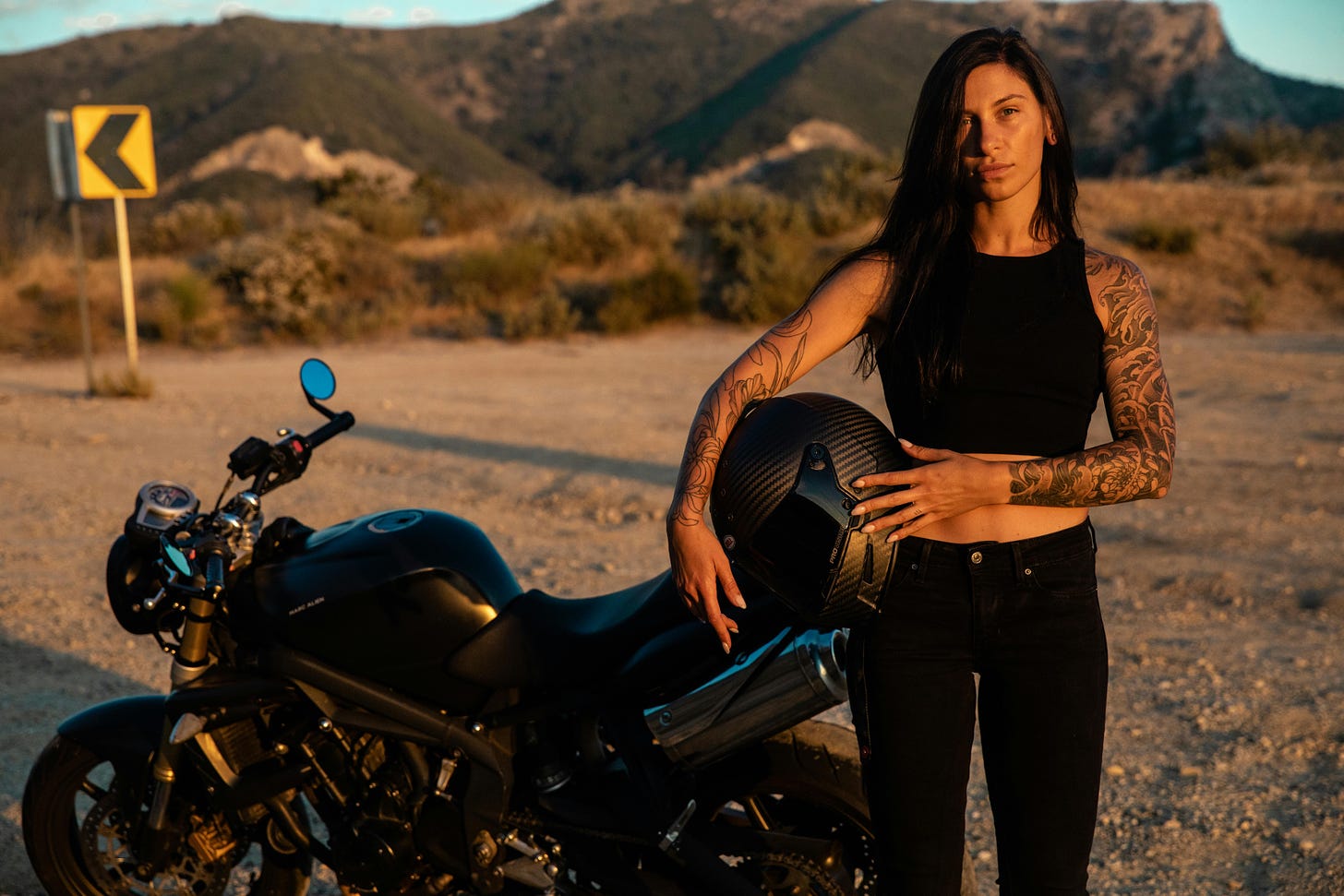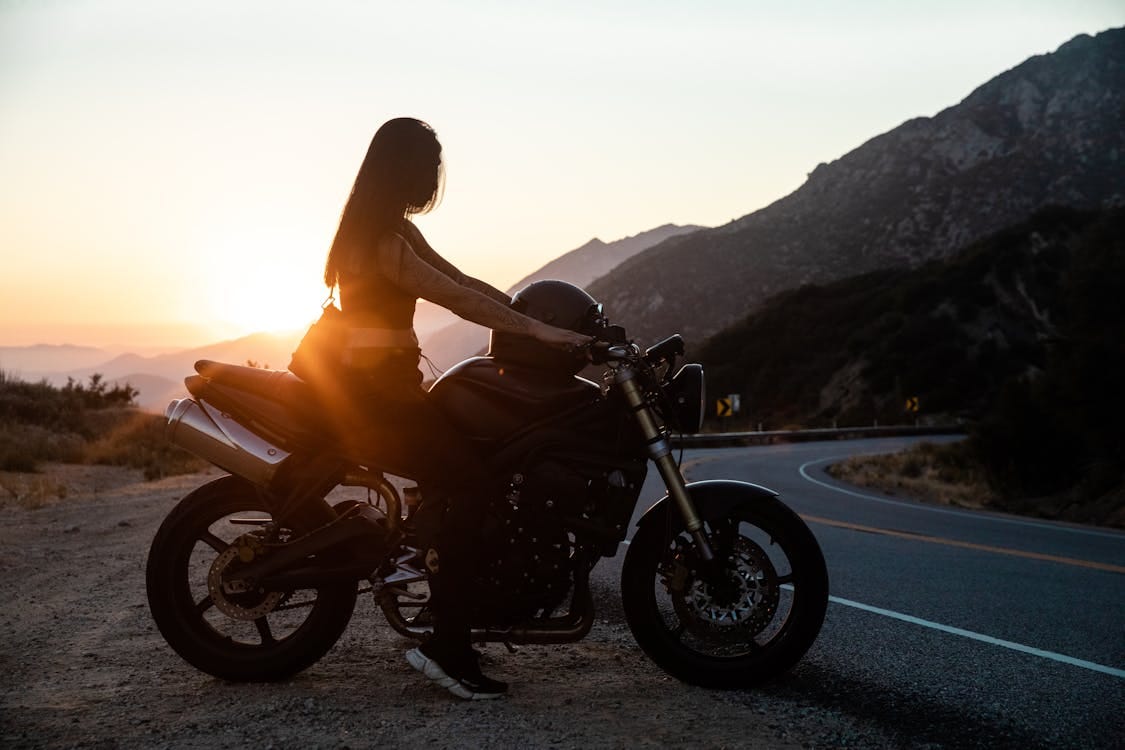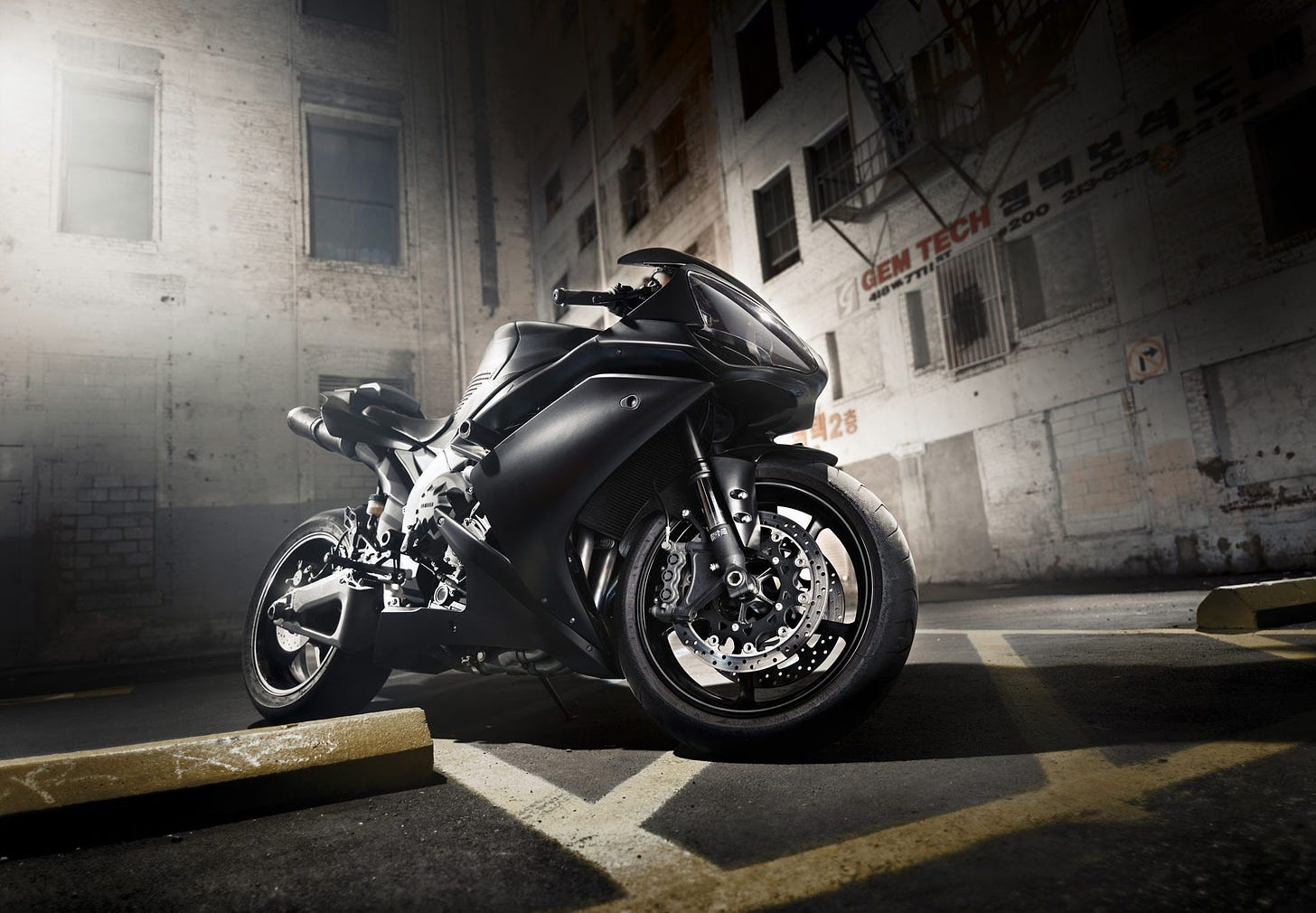Best Tips for Motorcycle Photography: Capture Awesome Shots on the Go
Motorcycle photography is a great way to combine your love for riding with your passion for capturing beautiful images.
Whether you're a beginner or a seasoned photographer, here are the best tips that will help you take your motorcycle photography to the next level.
From choosing the right equipment to mastering composition and lighting, this guide covers everything you need to know to get the perfect shot.
Ready? Let’s go!!
1. Choose the Right Camera and Equipment
You don't need the most expensive gear to take great photos.
But having the right equipment will make the difference.
Here are some recommendations:
Camera
A mirrorless camera like the Sony Alpha a6400 or Fujifilm X-T4 is compact, lightweight, and offers excellent image quality.
Action cameras like the GoPro HERO10 Black are also great for capturing dynamic shots on the go.
Lenses
For versatility, choose lenses with a wide zoom range.
The Canon EF 70-200mm f/2.8L IS III USM and Canon EF 100-400mm f/4.5-5.6L IS II USM are excellent choices for capturing detailed shots from a distance.
Make sure your lenses are perfectly clean using my guide here.
For more about lenses, see my post about Mastering Car Photography: The Best Cameras and Lenses.
To capture details and close-ups of your motorcycle, you can use dedicated macro lenses or lenses with good close-focusing capabilities:
Macro Lenses like the Canon EF 100mm f/2.8L Macro IS USM, Nikon 105mm f/2.8G IF-ED VR Micro, or Sony FE 90mm f/2.8 Macro G OSS allow you to get extremely close to your subject for stunning detail shots.
Standard Prime Lenses with good close-focusing like the Canon EF 50mm f/1.8 STM, Nikon 50mm f/1.8G, or Sony FE 50mm f/1.8 can also work well for close-ups when you don't need extreme magnification.
Extension Tubes and Close-Up Filters are affordable accessories that increase the magnification of your existing lenses for macro-style shots.
Using a tripod or other stabilization is key for sharp close-up shots due to the shallow depth of field.
Proper lighting like a ring light can also help brighten these intricate details.
Accessories
Invest in a padded camera backpack, extra batteries, and memory cards.
A camera mount or handlebar clamp is also useful for securing your camera while riding.
For more tips on protecting your gear, check out my guide on camera gear storage and protection.
2. Master the Basics of Composition
Great composition is key.
It will help you create visually appealing photos.
Here are some tips you should keep in mind:
Background
Ensure the background is free of distractions.
A cluttered background often takes attention away from your motorcycle.
Look for clean, simple backgrounds that make your bike stand out.
Camera Angle
Shooting from a low angle can make the motorcycle look more powerful and dominant.
Moving around the bike can also help you find the best background and composition.
Use the Environment
Include interesting elements from your environment to add context and depth to your photos.
Look for locations with graphic features or unique settings that complement your motorcycle.
For more on composition, you might find my previous post on the essential camera settings for beginners helpful.
3. Optimize Lighting
Lighting is also fundamental.
Here are some tips for getting the best lighting:
Natural Light
Shoot during the golden hours (early morning or late afternoon) when the light is soft and diffused.
Avoid harsh midday sunlight, which creates strong shadows.
Diffused Light
If you shoot in bright conditions, use diffused light to soften shadows.
Overcast days will provide even lighting that is ideal for photography.
Artificial Light
And if you need to use artificial light, use a portable LED light or a reflector to control the lighting on your motorcycle.
4. Focus on Details
To add some interest and variety to your photos, try capturing the details of your motorcycle:
Close-Ups
Get close enough to capture the details of the engine, wheels, or other unique features.
Use a macro lens if you have one.
Wide Shots
Take wide shots that show the entire motorcycle in its environment.
This can provide context and tell a story about your ride.
5. Editing Your Photos
Post-processing using software like Adobe Photoshop or Lightroom is a must to bring out the best in your photos.
See more on Maximizing Your Lightroom Subscription
Here are some editing tips:
Cropping
Use cropping to improve composition and remove distractions.
But don’t over-crop.
Or else it will reduce the image resolution.
Exposure
Adjust the exposure to ensure your photos are well-lit.
Brighten dark areas and tone down overexposed parts to achieve a balanced look.
Color Correction
Adjust the colors to make your photos pop.
Enhance the saturation and contrast to bring out the details and make your motorcycle stand out.
And That’s It
Practice and experiment with different techniques and settings.
And you’re good to go!
I hope that helps,
Hakan.








